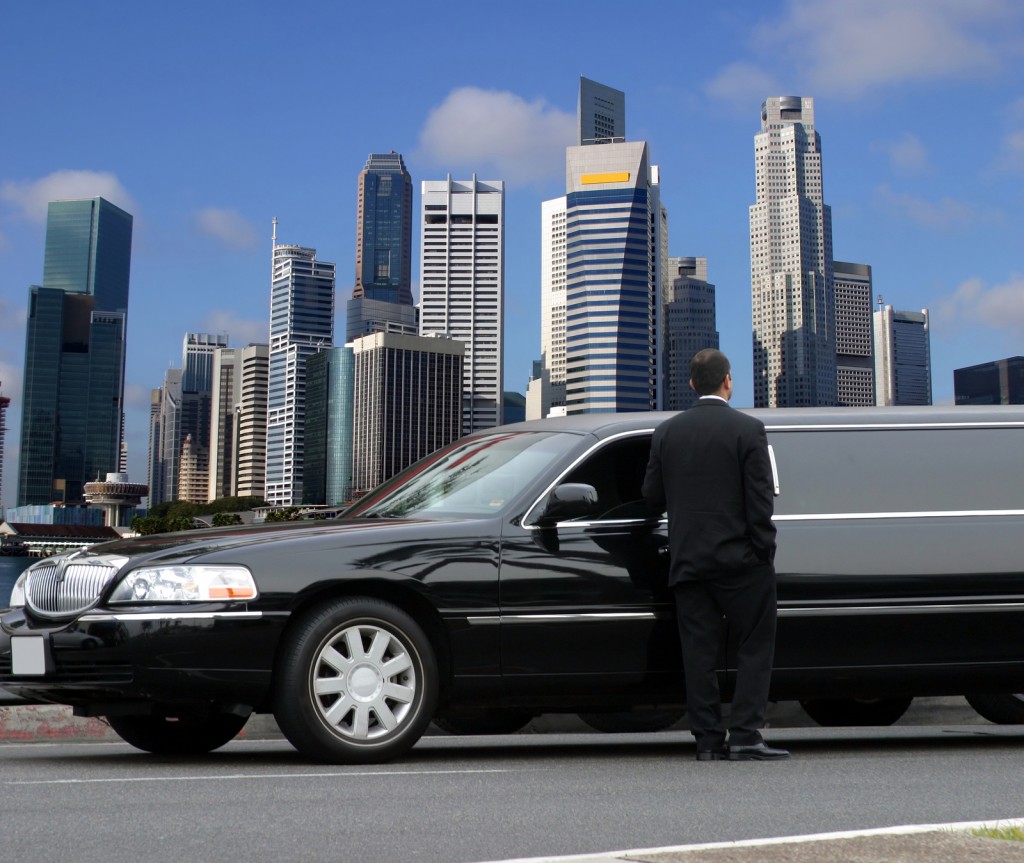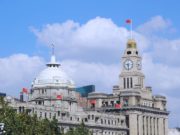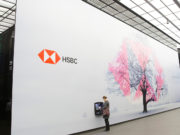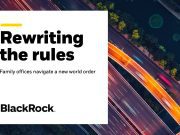Different Types of Loans, Credit & Leverage Facilities
Housing loans and car loans are the most widely used debt / credit facilities. When it comes to investments, what are the options available? How can a Wealth Manager advise clients with many different types of loans, credit and leverage facilities?
Below is a list of of loans, credit & leverage facilities:
Related Articles
- 7 Ways Top Wealth Managers create Value for Clients using Loans, Credit & Leverage
- 7 Important risks to manage for clients
No. 1 Personal Loans

Personal loans are the most common loan facilities. Students take up student loan to finance their college or university education. If your clients are earning income, have a bank account or qualify for a credit card or credit line, they can have a credit card line, cash advance, overdraft or credit line. These facilities give them access to money whenever they need it urgently, at a pre-agreed loan interest rate.
Personal Loans are helpful in emergencies, urgent or important uses. These reduce the need to keep too much cash on hand. Clients can also take advantage of the available financing to get their things done earlier.
| Personal Loan Type | Common Uses |
| Bank Overdraft | Any, Cashflow, Investments |
| Credit Card | Daily Expenditure |
| Credit Line | Medical, Travel |
| Student Loan | Further Education |
No. 2 Property Loan / Home Equity Loan

Owning properties is the most common life’s aspiration, especially in Asia. Most people will take a property loan for 10 – 30 years and repay the loan with their monthly income. This loan is commonly known as a property loan, housing loan or mortgage.
Given the large sum that can range from a few hundred thousands to millions, clients need to consider their ability to pay. In a pro-longed economic downturn, borrowers may run into negative equity on their property.
Vice-versa, if the property price goes up, there could be positive equity – where the owner can now unlock the value by using home equity / reverse equity financing to use the positive funding for other uses, without needing to sell the property. See below for positive / negative equity illustration.
| Property Payment | Positive | Negative |
| Buy Price | $500,000 | $500,000 |
| Downpayment | $100,000 | $100,000 |
| Loan | $400,000 | $400,000 |
| Total Paid after 5 Years | $50,000 | $50,000 |
| Outstanding Loan | $350,000 | $350,000 |
| Property Price after 5 Years | $700,000 | $300,000 |
| Equity | $350,000 | – $50,000 |
Related Loans: Renovation & Construction Loan
No. 3 Car Loans

Like properties, car is another major expenditure for most people.
Most car loans are structured in a hire purchase agreement where the financing co. (the lender) owns the car until the car loan is fully repaid.
No. 4 Unsecured Loans / Credit Lines

Personal loans such as unsecured overdrafts, credit cards, credit lines and student loans are unsecured loans. This means the loan or borrowings are not securitised or pledged with any underlying assets. This is also known as clean overdraft / loan.
In the event of non-payment or default, the only recourse is through a restructured debt plan or filing for bankruptcy. As there are no underlying assets for the lender to recover from, the borrowing cost is usually higher.
No. 5 Secured Loans / Credit Lines

Property loans and car loans are examples of secured loans or credit lines.
In the event of non-payment or default, the lender can takeover the secured or underlying assets pledged for the loan. This provides the lender a safer form of lending, therefore at a lower rate than unsecured loans.
Related Loans: Boat, Aircraft, Country Club Memberships, Shares, Bonds, Gold
No. 6 Financial Derivatives

Most clients use traditional loans to manage their finance and investment decisions. Increasingly, wealth managers, investment professionals and sophisticated clients are using financial derivatives for their portfolio and investment decisions.
Common Financial Derivatives:
- Options
- Futures
- Swaps
Traditionally, global MNCs use futures, options and swaps to manage their cashflow and business risks. With the advancement of access to global financial markets, many are also using financial derivatives to take bets on the financial market to profit from their market knowledge and views.
Example:
A client has a $1 Million Portfolio of Global Stocks and is fearing a severe downturn which could led to a 20% decline in portfolio or $200,000. The client can buy a put option on a global equity index to protect a decline. The cost would be less than the expected loss of $200,000.
Example of Put Option on a Global Equity Index:
| Duration | 1 Year | 2 Years | 3 Years |
| Cost of Put Option | 4% | 6% | 12% |
| Cost | $40K | $60K | $120K |
Other FAQs:
- What if there is no decline?
- Wouldn’t it be better off liquidating the portfolio?
- Would the dividends payout if any, cover the cost of Put Option?
- Would there be residual value in the Put option if you decide to terminate the hedge?
- Can you profit from volatility or an increase in interest rate?
- Would the option issuer collapse?
- Is there a perfect correlation on the Put option to the client’s portfolio?
- Can the financial derivatives be used to hedge or bet on business or commodities supply?
Related Articles:
- Rogue Trader
- Trillion Dollar Bet – The Demise of Long-Term Capital Management
- Enron: The Smartest Guys in the Room
No. 7 Leverage / Margin Facilities

Leverage or margin facilities is a popular form of trading facility. Clients only need to put up a fraction of the exposure to invest or trade a position.
Example:
To buy or long $1 Million of USD, the client may need only $10 k to $100k by using leverage or margin facilities. This allow the client to use less capital to manage risks or take bets on a view in the market, without committing a large amount of capital.
| Leverage (Times) | 10x | 50x | 100x |
| Capital Required | $100K | $20K | $10K |
Common underlying assets:
- Foreign Exchange
- Equity
- Bonds
- Interest Rates
- Commodities
- Indices
No. 8 Business / Company Loans

Business loans are usually for companies and business. But many wealthy families put family assets in a company to manage legal, tax and family risks. This is especially true when buying properties.
Common business loans include:
- Overdraft
- Asset-backed / Secured loans
- Project Financing
- Acquisition Financing
- General Working Capital
- Invoice Financing
- Bridging Loans
These are 8 different Types of Loans, Credit & Leverage Facilities. Learn More: 7 Ways Top Wealth Managers Create Value for Clients using Loans, Credit & Leverage
More Articles:
- 7 Important Risks to Manage for Clients
- What Wealth Managers in Singapore Struggle with?
- 8 Reasons why customers don’t understand the value of Wealth Managers
- 7 Secrets how the old rich achieve success with Wealth Managers
Sign Up / Register
Caproasia Users
- Manage $20 million to $3 billion of assets
- Invest $3 million to $300 million
- Advise institutions, billionaires, UHNWs & HNWs
Caproasia Platforms | 11,000 Investors & Advisors
- Caproasia.com
- Caproasia Access
- Caproasia Events
- The Financial Centre | Find Services
- Membership
- Family Office Circle
- Professional Investor Circle
- Investor Relations Network
Monthly Roundtable & Networking
Family Office Programs
The 2025 Investment Day
- March - Hong Kong
- March - Singapore
- July - Hong Kong
- July - Singapore
- Sept- Hong Kong
- Sept - Singapore
- Oct- Hong Kong
- Nov - Singapore
- Visit: The Investment Day | Register: Click here
Caproasia Summits
- The Institutional Investor Summit
- The Investment / Alternatives Summit
- The Private Wealth Summit
- The Family Office Summit
- The CEO & Entrepreneur Summit
- The Capital Markets Summit
- The ESG / Sustainable Investment Summit




























